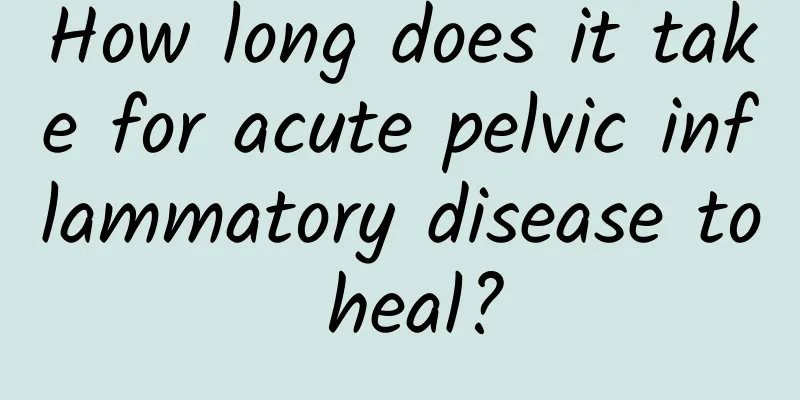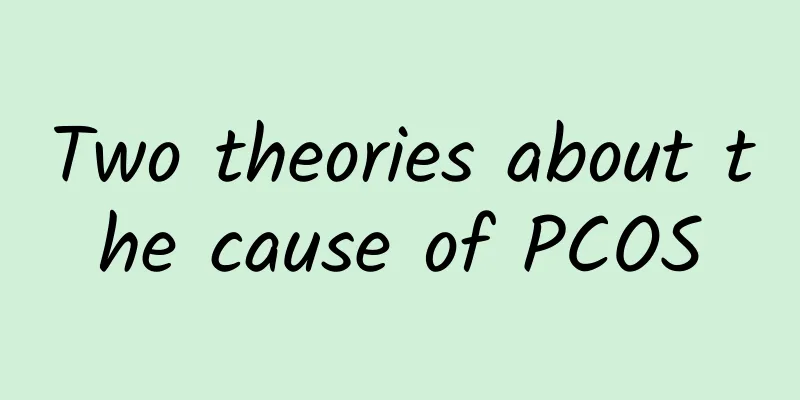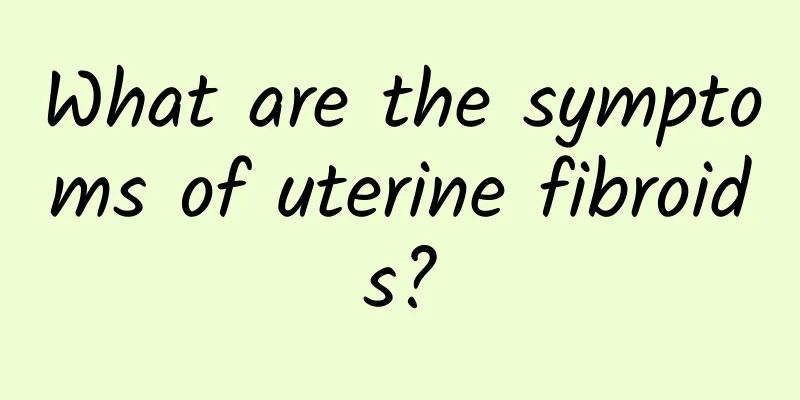How long does it take for acute pelvic inflammatory disease to heal?

|
The mass caused by acute pelvic inflammatory disease usually improves within 1 to 3 weeks after receiving standard treatment. The specific recovery time varies depending on the individual's physical condition, treatment measures, and the severity of the disease. Timely medical treatment and compliance with doctor's orders are the key to ensuring recovery. Acute pelvic inflammatory disease masses are caused by inflammation and tissue hyperplasia, and in severe cases, the infection may spread. Treatment should adopt targeted antibiotics according to the nature of the pathogen, such as penicillin for streptococcal infection, cephalosporin for Gram-positive bacteria, and clindamycin or metronidazole for controlling anaerobic infection. Early patients can often reduce the mass by controlling inflammation with antibiotics. For patients who do not respond well to drug treatment, minimally invasive puncture drainage or surgery may be required to remove effusion and abscesses. At the same time, improving immunity can accelerate the recovery process, such as supplementing high-quality protein and preventing excessive fatigue. Acute pelvic inflammatory disease masses are caused by inflammation and tissue hyperplasia, and in severe cases, the infection may spread. Treatment should adopt targeted antibiotics according to the nature of the pathogen, such as penicillin for streptococcal infection, cephalosporin for Gram-positive bacteria, and clindamycin or metronidazole for controlling anaerobic infection. Early patients can often reduce the mass by controlling inflammation with antibiotics. For patients who do not respond well to drug treatment, minimally invasive puncture drainage or surgery may be required to remove effusion and abscesses. At the same time, improving immunity can accelerate the recovery process, such as supplementing high-quality protein and preventing excessive fatigue. During the recovery period, you need to maintain good living habits, avoid sitting for long periods of time and heavy physical labor, and enhance blood circulation in the lower abdomen; eat more light foods rich in vitamin C, such as oranges, kiwis and tomatoes, which can help fight inflammation. If the mass recovers slowly or persistent pain occurs, you should return to the doctor in time to rule out the risk of pelvic effusion and further expansion of the abscess. Preventing recurrence is particularly important for women's health, and you can improve your private hygiene habits and have regular gynecological examinations. |
<<: How to treat pelvic effusion and pus mass
>>: Can cervical erosion be seen? Is it contagious?
Recommend
Treatment of adnexitis requires both medication and supportive care
The treatment of adnexitis is generally to carry ...
Causes of vaginitis in women
What is vaginitis? What are the causes of vaginit...
How to regulate scanty menstruation
To regulate scanty menstruation, you need to adju...
How can women regulate their irregular menstruation? What medicine should people with irregular menstruation take?
What should I do if I have irregular menstruation...
Exercises to treat pelvic effusion
Women are more likely to be troubled by gynecolog...
During the epidemic prevention period, you may sit for a long time at home and move less. Be careful about worsening osteoporosis! 3 resistance exercises to help protect bones and prevent falls
In view of the increasing number of confirmed COV...
What to do if you have cervical warts in early pregnancy
Once you are infected with cervical warts, you sh...
Symptoms of cervical warts at different stages
Cervical warts are still very unfamiliar to most ...
Is it true that pregnant women will have miscarriage if they eat rose cakes? It is possible to be allergic to roses
During pregnancy, mothers must pay attention to t...
Will untreated bacterial vaginosis lead to infertility?
Whether the pregnant woman is healthy directly af...
Causes of pelvic inflammatory bleeding
The general clinical manifestations of pelvic inf...
To lose weight successfully, you need to suppress your appetite! 10 must-learn tips to effectively control appetite and overcome hunger
The first step to successful weight loss is to su...
Fish oil and cod liver oil are very different. Are you taking them right? Nutritionist Chen Yijuan: Don’t eat the wrong foods to lower cholesterol and protect your eyes
Fish oil and cod liver oil are common nutritional...
What causes cervical erosion?
Cervical erosion is one of the common gynecologic...
Should I avoid certain foods when I have pelvic inflammatory disease?
Pelvic inflammatory disease is a common gynecolog...









